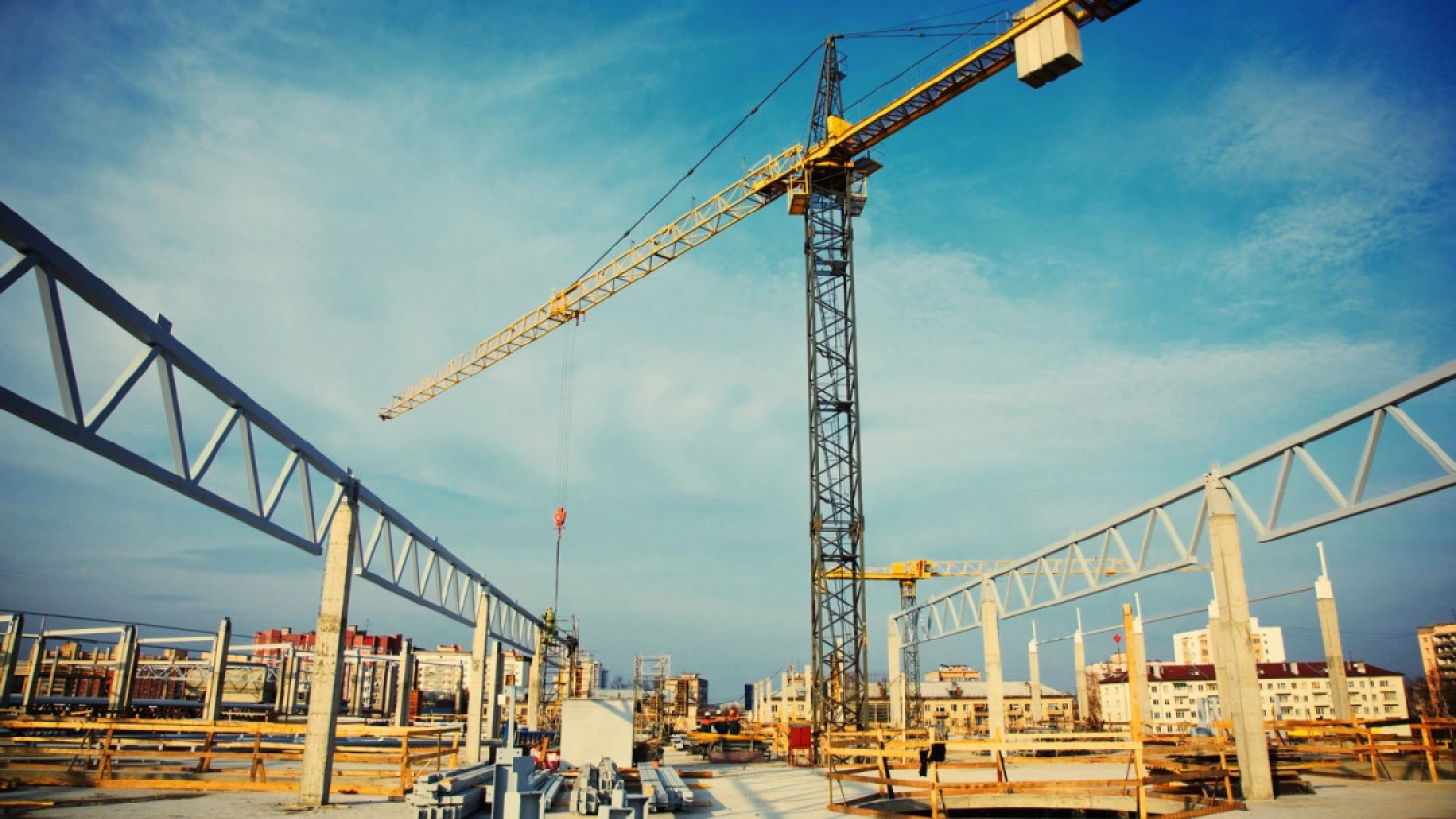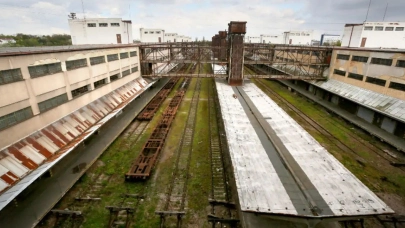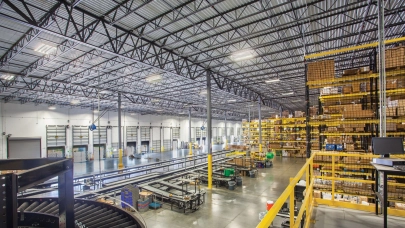
Romania's construction industry maintained a high level of activity in 2024, despite a slight 4% decrease compared to the previous record year, according to data from the National Institute of Statistics (INS). However, compared to 2018, the volume of construction works was 78% higher during 2024.
Fiscal pressures, such as the elimination of the income tax exemption for construction workers and the introduction of the CBAM pollution tax, are forcing companies to adapt quickly. At the same time, the labor shortage and difficulties in retaining employees keep construction costs high, reveals a Colliers analysis.
Despite the challenges, the sector remains at a high level of activity, supported by investments in infrastructure and the expansion of the real estate market. Romania delivered approximately 200 km of express roads in 2024, and over 600 km of highways are currently under construction, along with major projects in the railway and healthcare sectors.
The private sector continues to have growth potential, especially in the retail segment, which continues to expand with large projects planned for the coming years.
"If geopolitical tensions persist and new trade conflicts emerge between major economies, prices could continue to rise," said Silviu Pop, Director of CEE & Romania Research at Colliers. He is referring to the growth trend of construction prices in Romania.
In the long term, the pace of development will depend on the market's ability to manage challenges and the evolution of external factors, such as European funding and the geopolitical climate.



